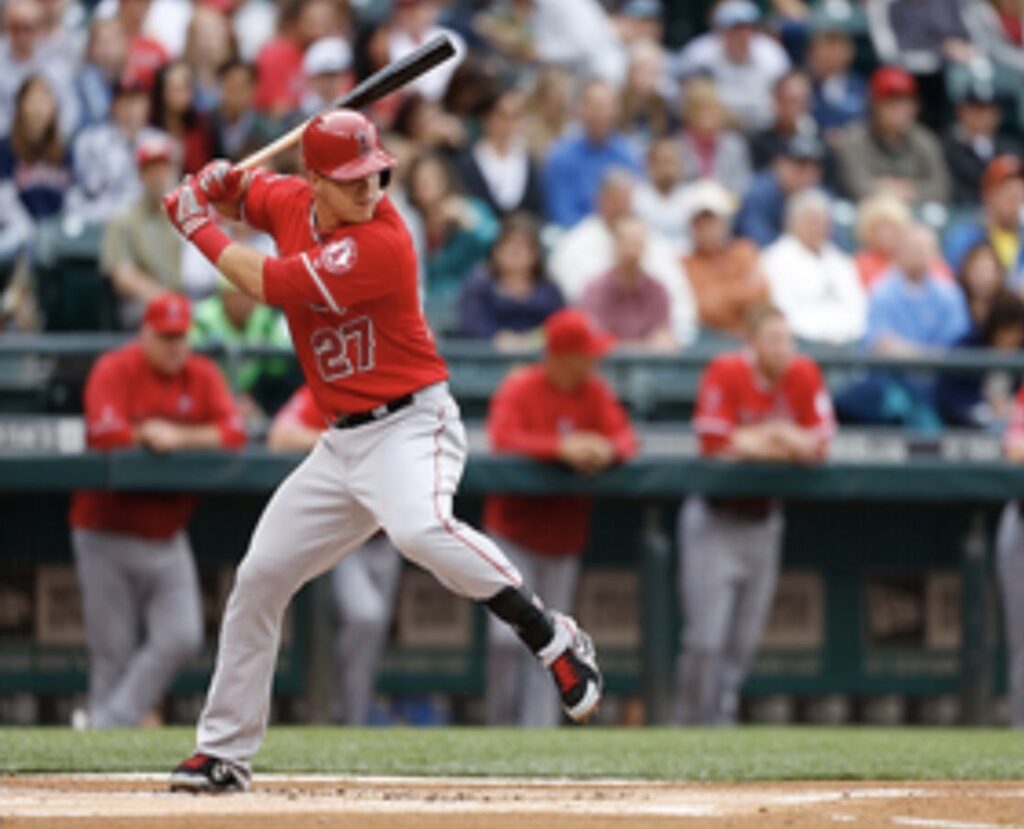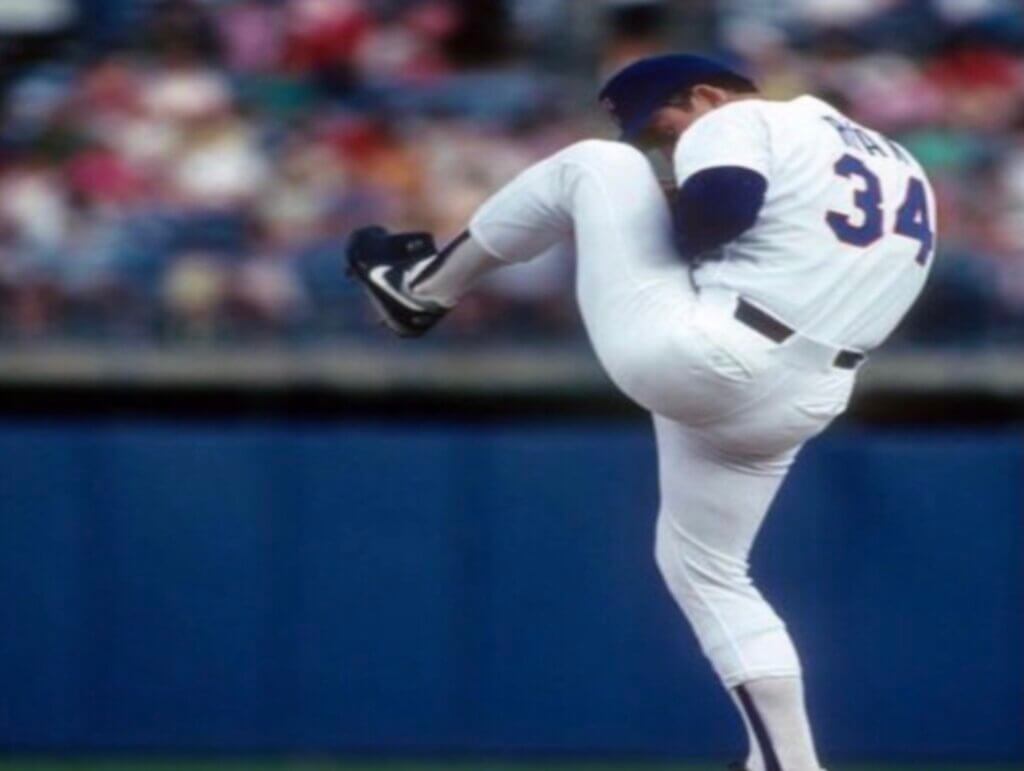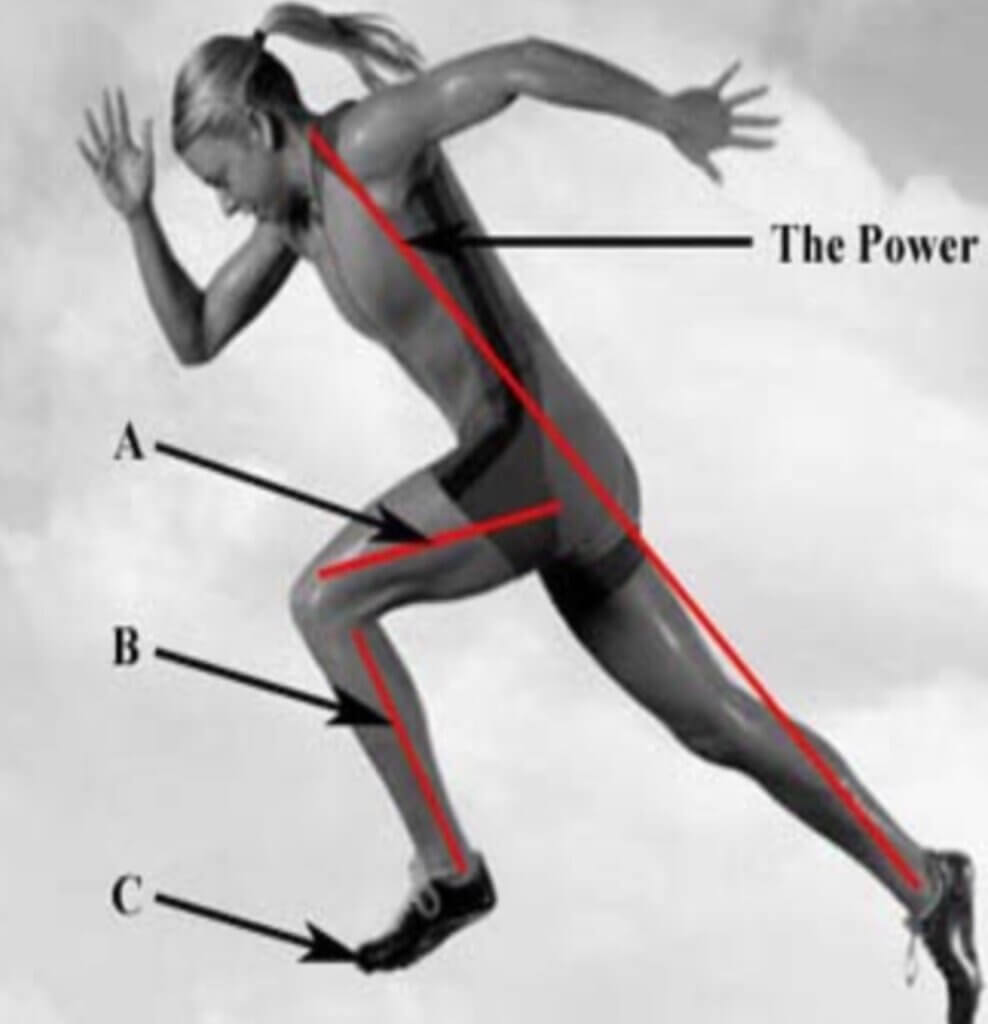
What is a “KINEMATIC SWING ATTRACTOR?”
Here’s how you can unlock the secret swing moves of the best POWER hitters!
In total, the body has 230 joints and 630 muscles.
From a movement perspective, the capacity that each of us has for differing movement patterns is VAST—near infinite degrees of freedom. According to the “DEGREES OF FREEDOM PROBLEM,” there are multiple ways for humans to perform a movement in order to achieve the same goal.
In other words, no simple one to-one correspondence exists between a task and a motor solution to the problem.
According to Nicholas Bernstein, the late Soviet neurophysiologist who pioneered motion-tracking devices:
“It is clear that the basic difficulties for co-ordination consist precisely in the extreme abundance of degrees of freedom, with which the nervous system is not in a position to deal.”
The degrees of freedom problem is problematic to scientists and coaches and anybody who tries to make sense of this complexity, but can certainly be an advantage to any athlete/hitter to have so many movement options to achieve his/her goals.
The body is inherently created to self-organize and figure out the best movement forms and patterns to “survive”; the most competitive athletes understand the process of winning the battles and perseverance!
That’s where the concept of “swing attractors” comes into play.
Swing attractors help solve the degrees of freedom problem by helping the baseball/softball hitter to coordinate the different phases of the swing movements; it helps solve the timing challenges under extreme timing constraints; and it helps to generate a powerful swing with accuracy.
We will be discussing the different parts and phases of the swing (starting with a 5-part series on pelvis loading) and then rely on the concept of “swing attractors” to tie the different swing phases together.
“Swing attractors” are, first of all, the glue of each core movement.
Then, “swing attractors” are also the linkage between the different core movements and swing segments that allow the swing to flow together as its best, most functional unit.
- To be an “attractor,” it is a movement that the majority of top-level hitters perform. If one or more is missing, then it negatively impacts the overall performance.
- To be a “swing attractor” it functionally ties the movement together with other phases of the swing – something referred to in other presentations as “force coupling”.
- To be an “attractor”, the movement must be applied in multiple situations and across different sports.
More likely than not, it is an abstract scientific principle. The concept of attractors in sports and skill acquisition has been championed by Frans Bosch, a lecturer in motor learning and training at the Fontys sports college in the Netherlands.
[On a personal note, when Frans autographed my copy of his book “Strength Training & Coordination”, he personalized it by saying “Give your own twist to this.” I encourage each one of you to “give your own twist to this!”]
To be a swing attractor, the movement has to be:
- ESSENTIAL
- FIXED
- STABLE
- ROBUST (resistant to perturbations)
- RESILIENT (more resistant to failure, breakdown & injury).
Each “attractor” site along the kinetic chain must be trained and practiced and must evolve and develop throughout the process.
Throughout time, great hitters have been “attracted” to loading the pelvis to generate power. Pelvic loads equals POWER PRODUCTION.

Across different skills, athletes have been “attracted” to pelvis loading to generate power and become the greatest of all time:

“Attractors” keep showing up in all elite movement patterns. The pelvis is the CENTER of all core movements and is the reference point for processing and the interpretation of proprioceptive information (aka BALANCE).
One example of this: figure skating.

Certain postures in certain skills express POWER:

Executing the same “attractor” movements pitch after pitch and swing after swing is the key to consistency and longevity.
Sometimes when you lose your way and your performance is less than your best, going back to the basic “attractors” can make you the best version of yourself all over again.

In conclusion:
PURSUE EXCELLENCE! WIN THE NEXT PITCH!
Our next article will start a 5-part series on PELVIS LOADING for baseball & softball hitters…
